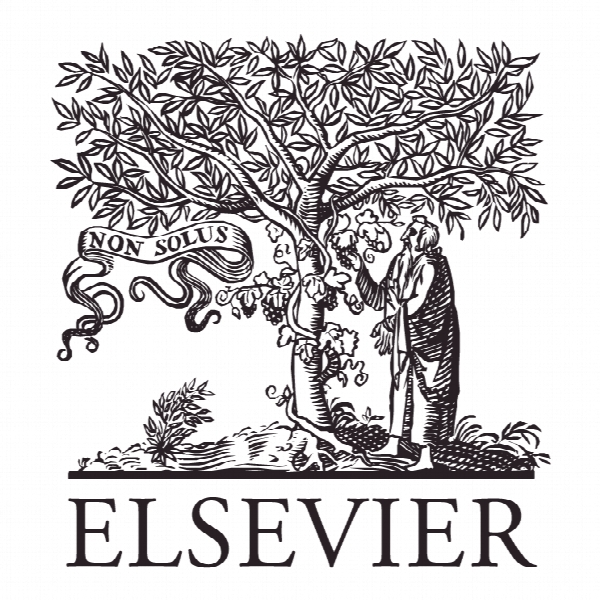کارآیی در خطوط هواپیمایی آمریکای لاتین: یک رویکرد دو مرحله ای، تلفیق تجزیه و تحلیل پوشش پویای داده های مجازی مرزی و رگرسیون ساده Efficiency in Latin American airlines: A two-stage approach combining Virtual Frontier Dynamic DEA and Simplex Regression
- نوع فایل : کتاب
- زبان : انگلیسی
- ناشر : Elsevier
- چاپ و سال / کشور: 2017
توضیحات
رشته های مرتبط علوم فنون هوایی
مجله مدیریت حمل و نقل هوایی – Journal of Air Transport Management
دانشگاه فدرال ریودوژانیرو، برزیل
نشریه نشریه الزویر
مجله مدیریت حمل و نقل هوایی – Journal of Air Transport Management
دانشگاه فدرال ریودوژانیرو، برزیل
نشریه نشریه الزویر
Description
1. Introduction This research focuses on the efficiency of Latin American airlines by using the VDRAM-DEA, presented in Li et al. (2016), as the cornerstone method to compute efficiency. Previous research on airlines has adopted several methods, such as the factor productivity approach (Bauer, 1990; Oum and Yu, 1995; Barbot et al., 2008); Stochastic Frontier Analysis or SFA (Good et al., 1993; Baltagi et al., 1995); the Turnquist total factor productivity index (Coelli et al., 2003; Barbot et al., 2008); and DEA (Data Envelopment Analysis) models (Merkert and Hensher, 2011; Barros et al., 2013; Barros and Peypoch, 2009; Barros and Couto, 2013). Papers have variously focused on US airlines (Barros et al., 2013; Greer, 2008; Sjogren and S € oderberg, 2011 € ), Canadian airlines (Bauer, 1990; Assaf, 2009), European airlines (Distexhe and Perelman, 1994; Greer, 2008; Barros and Peypoch, 2009), Asian airlines (Baltagi et al., 1995; Wanke et al., 2015), and African airlines (Barros and Wanke, 2015). Except for Melo Filho et al. (2014), who focused on wages in Brazilian airlines; and Oliveira and Huse (2009), who focused on Brazilian airlines’ price reactions to market entry, thus far, to the best of our knowledge, few papers have focused on Latin American airlines. Therefore, this paper innovates by focusing on a comprehensive set of Latin American airlines. Recently, Wanke et al. (2015) and Barros and Wanke (2015) showed the importance of using efficiency methods with high discriminatory power towards the efficiency frontier e that is lower efficiency scores in contrast to traditional DEA models e when assessing, respectively, the efficiency of Asian and African airlines. Additionally, the authors advocate the combining of different predictive modelling techniques to explore effectively the impact of contextual variables on efficiency measurement. Therefore, this paper innovates in this context first by undertaking a review of Latin American airlines and, second, by adopting as a research tool the newly VDRAM, presented in Li et al. (2016), combined with Simplex Regression in a two-stage approach. To the best of our knowledge, this is the first time such approach is used to analyze airline efficiency in light of different contextual variables, simultaneously tackling two major problems in efficiency measurement: score discrimination and asymmetry. The motivations for the present research follow. First, Latin America is one of the regions in the world most favored by the commodity price boom in the last ten years, with clear reflexes on airline traffic, justifying the present research. Second, this paper builds upon previous studies related to airline efficiency byevaluating relative efficiency among Latin American airlines. To the best of our knowledge, this is the first time Latin American airlines have been analyzed as a whole, thus differing from country-based level analysis. Third, the present analysis enables a ranking of the relative efficiency of the Latin American airlines using the newly developed VDRAM (Li et al., 2016), while assessing the impact of different contextual variables related to cargo type, ownership type, and fleet mix on their efficiency levels. Therefore, the purpose of this study is to assess the determinants of airline efficiency in Latin America based on business related variables commonly found in the literature. In order to achieve this objective, an efficiency analysis is developed in a twostage approach: VDRAM DEA model efficiency estimates are computed first, observing the prescriptions in Li et al. (2016), followed by Simplex regression. Researchers frequently face situations where they are interested in modelling proportions, percentages or values, such as efficiency scores, within the open interval (0; 1), according to one or several covariates, within the architecture of the regression. For this type of variable, the normal assumption is not supported, thus invalidating conclusions that might otherwise be obtained from these results. Asymmetry of the response variable and multicollinearity are two of the most frequent problems that the normal model cannot accommodate. In this situation, several alternatives have been developed, such as Beta regression, which leverages the advantages the general linear model, and simplex distribution, which is part of a more general class of models, i.e., dispersion models (Lopez, 2013 ). The paper is structured as follows: after this introduction, the literature survey is presented. The methodology section, in which the two-stage VDRAM-Simplex regression is further discussed, follows next. Section 4 presents the data and the contextual setting, followed by the discussion of the results in Section 5 and the conclusions in Section 6.


